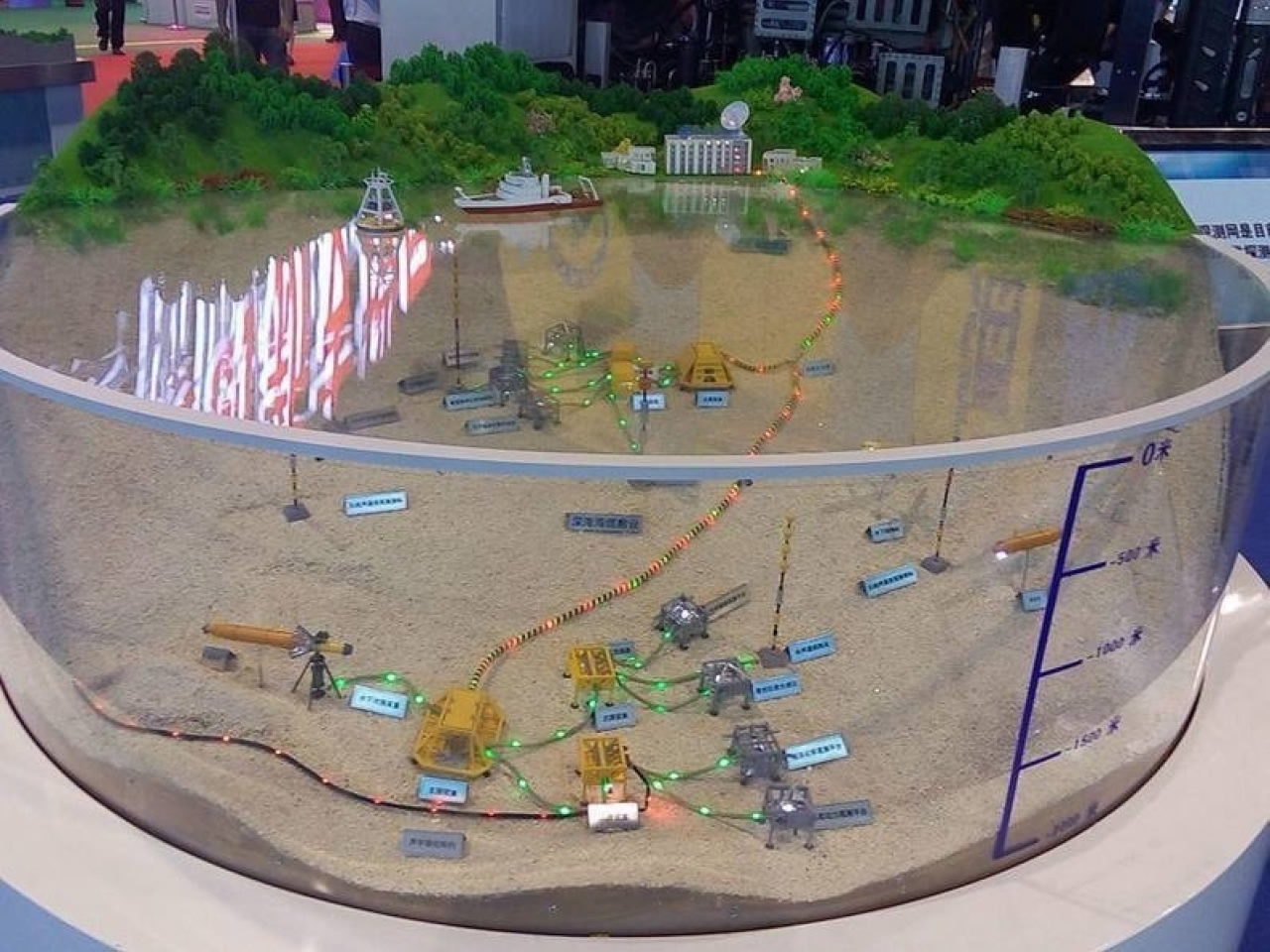The Chinese government has officially granted a proposal to build its first national underwater observation network in the East and South China Sea, a project that has been in talks since March.
The Institute of Acoustics of the Chinese Academy of Sciences (CAS) and Shanghai’s Tongji University will be in charge of constructing the facility. Drilling for the first hole, U1499A, was completed, with a depth of 3,770 meters and drilling for the second is underway.
Researchers collected sediment samples from the hole and carried out lithologic study on the samples believed to be dating from eight million years ago, leading scientist Sun Zhen, of the Chinese Academy of Sciences South China Sea Institute of Oceanology, said at the time.
The sea observatory is the third kind of scientific observation platform set up on Earth by humans, through which we can learn, observe, and understand the ocean by getting into the sea. Countries in North America, West Europe, and Japan have already possessed such technology.

A model of how the observation network works. /CAS Photo
As one of China’s major national projects in science and technology infrastructure, the observatory to be established in the East and South China Sea allows an all-weather, real time, high resolution and multi-platform stereoscopic observation points of the areas from the seabed to surface.
Scientists said the observatory is helpful in obtaining a long-term and continuous data and creating a platform for scientific experiments, which all contribute to a deeper understanding of the oceanic environment in these regions.
The control center, which is located in southeast Shanghai, is responsible for the monitoring of the underwater observation network, as well as the storage and management of data acquired from these two seas.

Illustration of one observatory near East and South China Sea. /CCTV Photo
The data will be used in cutting-edge researches in earth science and global climate change, and serve the purpose of monitoring of oceanic environment, predicting disasters, defending national security and interests etc.
The project received more than two billion yuan investments (roughly 290 million US dollars) and is expected to be completed in five years.









